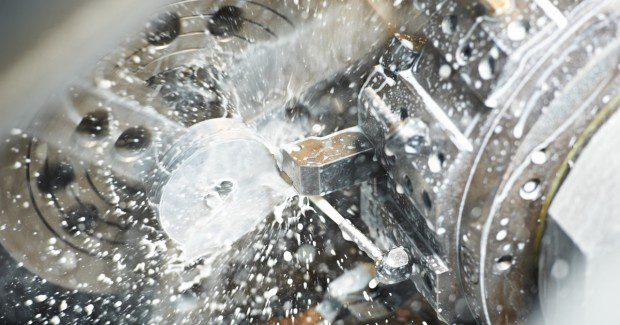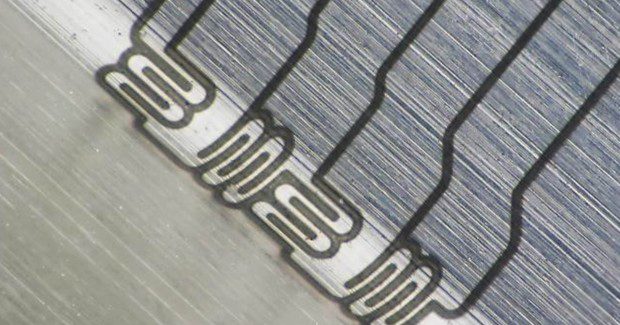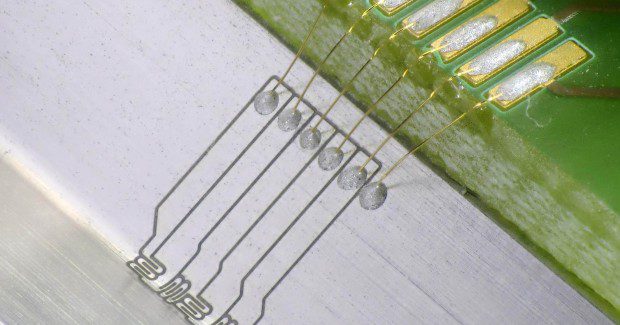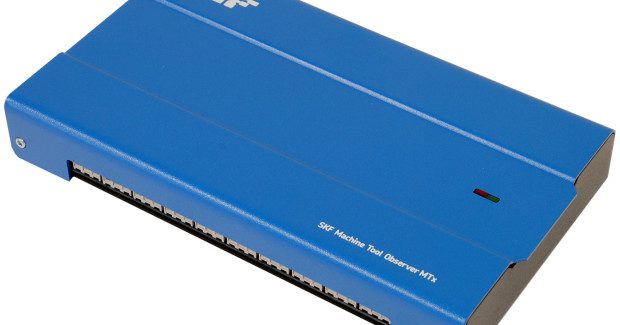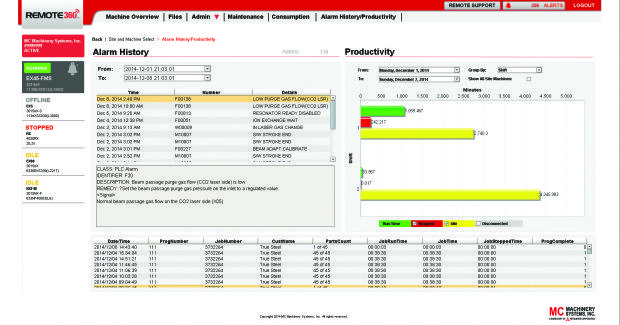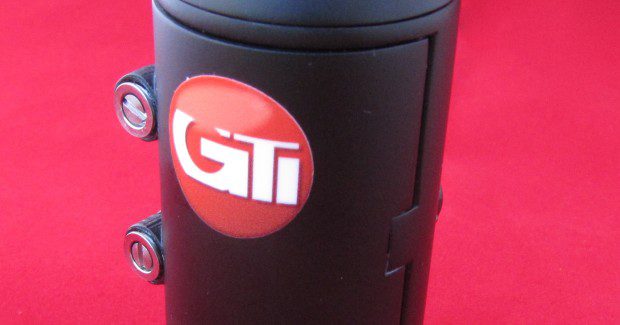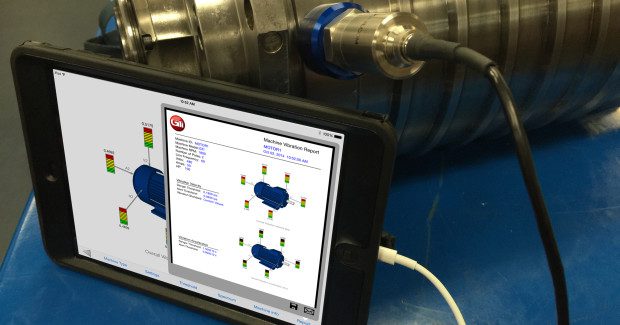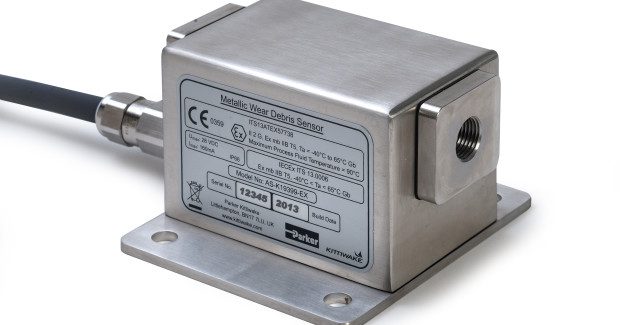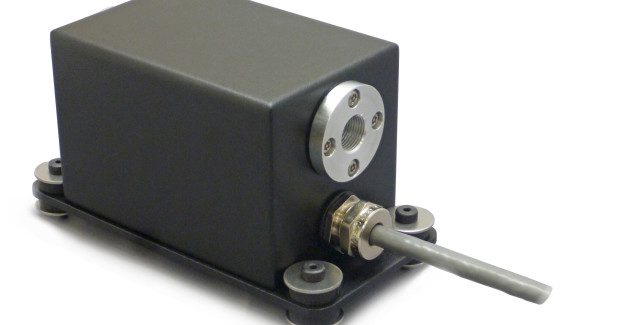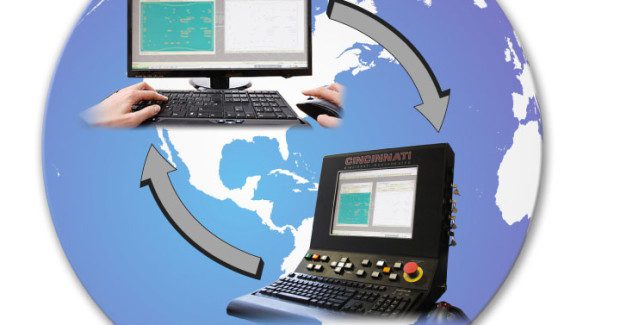Machines That Can Feel
Structural components of a machine tool now contain gauges that allow the machine itself to measure process stress and vibration. Here’s a review of this and other new developments in conditioning monitoring and predictive maintenance systems.
Posted: January 30, 2015
VibeRMS LT is a complete, affordable condition documentation solution for the iPad. As a single channel vibration documentation tool, shops can use it to view live vibration data (velocity, acceleration, displacement) and create reports at the site on the iPad. Reports include machine data, spectrum data, alerts and alarms, user notes and integrated photos from the iPad. The Build Machine function includes templates for common machine types (motors, pumps, fans) and the ability to combine machine types and create machine train templates. Machine templates can also be built on-site using a photograph of the machine. Measurement points are added by the user to complete the template.
VibeRMS LT includes the iPad Mini2, VibeRMS Software, an accelerometer with a magnet base and an industrial case. VibeRMS takes advantage many of the functions included in the iPad, such as camera functions, touch screen, and instant e-mail of reports. It is a great tool for documenting:
- Incoming and outgoing inspection of new and repaired equipment
- Certification of newly installed machines
- Field commissioning
- As a companion to any laser alignment tool for detailed as found and as left condition data
VibeCapture is a vibration analyzer app that collects and processes vibration signals from industrial rotating equipment, including time waveform display and capture; FFT spectrum for acceleration, velocity and displacement; selectable sampling rate and number of lines; real FFT resolutions up to 0.17Hz; and saving of data or exporting it via e-mail.
PhasePro condition monitoring uses the VibePro vibration sensor and tachometer to record the 1X phase and amplitude values for different points. VibePro users with GTI vibration and balance kits (tachometer) can use PhasePro immediately upon purchase from their App Store. PhasePro features user selectable machine configurations; 1X amplitude and phase value for each point; display in mm/sec or in/sec; and automated reports with machine details, photos and company logo.
GTI Predictive Technology, 33 Zachary Road, Manchester, NH 03109, 888-473-9675, www.gtipredictive.com.
DETECT AND MONITOR MACHINE TOOL WEAR
The presence of metallic debris in lubricating oil is an indication of wear within the system. By detecting this wear early, operators can prevent damage from impacting cost and operations with unplanned maintenance and downtime. Wear debris sensors employ technology able to classify the size and material composition of both ferrous and non-ferrous metallic debris, therefore indicating abnormal conditions within the system in which the sensor is installed before costly damage is caused.
Parker Kittiwake Ltd (Littlehampton, UK), a global provider of asset control and protection technology, has successfully achieved the America Society for Testing Materials (ASTM) standard for its Metallic Wear Debris Sensor (MWDS), which is fully compliant with the ASTM D7917-2014 standard of testing for metallic wear. This makes it a leading global particle debris sensor and sets the industry benchmark in effective metallic wear testing.
ASTM D7917-2014 provides an independent third party standard which defines best practice in effective metallic wear detection. The specification and scope of the standard defined and set by ASTM D7917-2014 recognizes the importance of online wear debris detection and monitoring in preventing unplanned maintenance. The standard ensures that compliant products offer the maximum levels of accuracy and quality, in order to achieve the best possible result for the customer.
The Metallic Wear Debris Sensor provides a real-time analysis of the size, number and composition of the particles passing through almost any lubrication system. Combining inductive coil technology with smart algorithms to provide a particle size distribution count, the sensor measures ferrous and non-ferrous metals within the lubricant. The MWDS is tailored to separate specifications suitable for both hazardous and non-hazardous applications. To allow for accurate and safe monitoring in hazardous environments, the sensor is certified for ATEX Zone 1 applications across a variety of platforms.
The sensor can be easily integrated into existing condition monitoring and operating control systems with minimal impact on cost and time required for installation and maintenance. With both digital and analogue outputs, the sensor provides instant data including the number and size of particles and the rate of generation, which, when combined with a comprehensive suite of condition monitoring tools, aids operators in planning maintenance with the least possible impact on schedule and cost, thereby preventing costly unexpected damage occurring on vital system elements.
“The ASTM standard for metallic wear debris sensors sets the parameters for effective testing,” says Dr. Steve Dye, the business development and marketing manager at Parker Kittiwake. “By achieving this standard we can demonstrate to shops that our sensor complies to the utmost standards in accuracy and reliability while providing the necessary data to enable them to monitor the condition of the system components. Armed with accurate and detailed data on the condition of lubricant oils, operators can effectively manage planned maintenance and periods of downtime to minimize any impact on cost.”
Parker Kittiwake Ltd, 3, 6 Thorgate Road, Wick, Littlehampton, West Sussex BN17 7LU, United Kingdom, +44 1903 731470, www.kittiwake.com.
REMOTE MAINTENANCE OF LASER CUTTING, PRESS BRAKES, POWDERED METAL PRESSES
Providing service and support to 13,000 U.S.-based customers could be daunting for Cincinnati Incorporated (Harrison, OH), but the company provides maintenance services via an Internet-based solution that connects technicians directly to customers’ networked controls. Team Viewer is a remote-access application that allows Cincinnati technicians to view a machine’s PC-based control as though they are right in front of it. “This tool allows us to access the machine’s control and see what the user sees,” said Kirk Strohman, a service manager for Cincinnati Incorporated. “We can take control to investigate, troubleshoot and often remedy the issue without a service visit. This dramatically shortens downtime for shops, saves us time and eliminates travel expenses.”
Team Viewer supports Windows, Mac OS, Linux, Android and iOS operating systems. Security is ensured via full encryption based on 1024 bit RSA private/public key exchange and 256 bit AES session encoding. The key exchange ensures the data channel is completely encoded from client to client, and that routers or servers are unable to read or analyze the data stream. “We have more than 31,000 machines in operation throughout the world,” added Strohman. “We’re looking to ramp up our service and support team by hiring more field service and internal support staff, but we’re also leveraging technology to better service our customers.”
All Cincinnati laser cutting systems, press brakes and powdered metal presses come standard with Windows touch-screen controls that can be networked. These controls are also an option on the company’s shears. “We strongly encourage customers to network their machine during the installation process so that we can use the Team Viewer tool if necessary,” said Strohman. “Shops with older press brakes can also upgrade to this control and take advantage of this support tool as well.”
Cincinnati Incorporated, 7420 Kilby Road, Harrison, OH 45030, 513-367-7100, www.e-ci.com.


